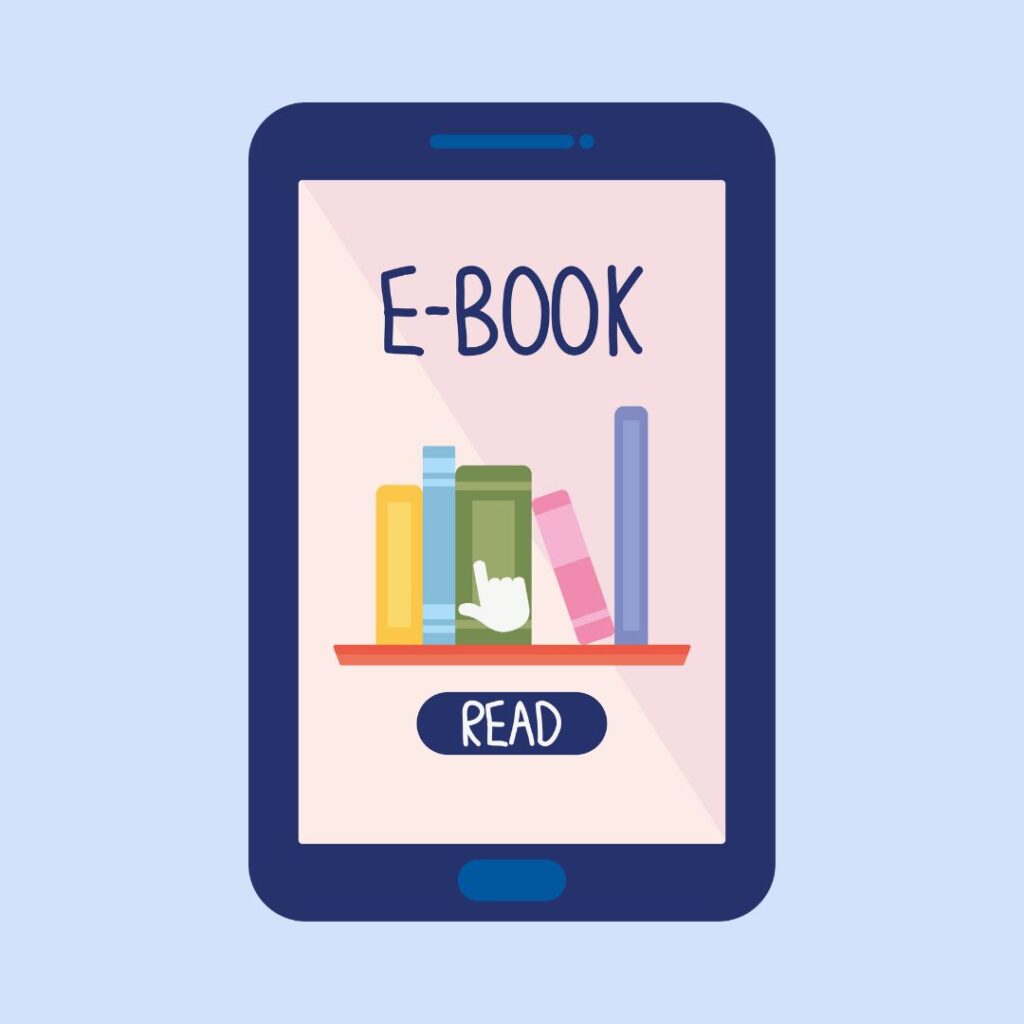Table of Contents
- Introduction
- A Shift from Page to Screen
- The Role of Artificial Intelligence
- Emerging Technologies in Storytelling
- The Social Impact of Reading’s Evolution
- Redefining Literacy in the 21st Century
- The Fate of Printed Books
- A Hybrid Future
Introduction
As we advance further into the digital age, reading—a practice deeply intertwined with human culture and intellect—is undergoing a profound transformation. No longer confined to the ink-stained pages of books, the act of reading has expanded into a multi-dimensional experience shaped by technology, societal changes, and innovative storytelling methods. The evolution of reading raises compelling questions about the way we consume information and engage with literature.
How will traditional reading habits coexist with emerging formats like audiobooks and interactive storytelling? What does this shift mean for literacy and education? And how can we ensure that reading, in all its forms, remains a vital, inclusive, and enriching activity? As we grapple with these questions, one thing is clear: the future of reading promises to be both dynamic and deeply consequential.
A Shift from Page to Screen
For centuries, the printed book was the dominant medium for sharing stories and knowledge. Libraries and bookstores became cultural landmarks, and the act of reading was a solitary yet profoundly personal experience. However, the advent of digital technology has reshaped this landscape in ways few could have imagined a generation ago.
The rise of e-books has revolutionized the way we access and consume written content. Devices like the Amazon Kindle, iPads, and smartphones have made it possible to carry thousands of books in one compact device. This shift has democratized access to literature, offering readers a level of convenience and immediacy that traditional books could never provide.
Forgotten to pack your book for a trip? No problem—download it instantly from an online store. Want to adjust the font size or switch to night mode? Digital reading platforms cater to these preferences with ease.

Audiobooks have also emerged as a powerful force in this transformation. Once considered a niche format, audiobooks have grown into a mainstream phenomenon, thanks in part to platforms like Audible, Libby, and Google Play Books. Audiobooks offer an engaging alternative for busy professionals, commuters, and individuals who find traditional reading difficult. Narrators, often actors or voice artists, bring stories to life in a way that appeals to auditory learners and those who enjoy multitasking.
Despite these advancements, the migration to screens has its critics. Many worry about the decline of traditional reading habits and the potential impact on attention spans. Screen fatigue—already a concern in a world saturated with digital devices—has made some readers yearn for the tactile and immersive experience of holding a physical book. Additionally, for purists, there is a fear that the digital shift might erode the intimacy and depth that define a meaningful reading experience.
The Role of Artificial Intelligence
Artificial intelligence (AI) is shaping not only how we discover new books but also how we engage with texts. Book recommendation systems powered by AI, such as those used by Goodreads, Amazon, and Scribd, analyze a reader’s preferences and suggest personalized titles. This process saves time and introduces readers to works they might not have encountered otherwise.
But AI’s role in reading goes beyond recommendations. Tools like ChatGPT are increasingly being used to generate content, from short stories and essays to full-length novels. Writers can collaborate with AI, generate ideas, refine drafts, or even automate translations for global audiences. This fusion of human creativity and machine efficiency can potentially expand the horizons of storytelling.
AI also enhances accessibility, a critical issue in today’s world. Text-to-speech programs allow visually impaired individuals to engage with written content. Real-time translation services are breaking down language barriers, enabling readers worldwide to access texts in their native tongues. For younger audiences or those with learning disabilities, AI-powered tools can simplify complex material, provide vocabulary assistance, or create interactive quizzes to reinforce understanding.
However, the rise of AI has sparked debates about authenticity and innovation. Can an AI-generated poem evoke the same emotional depth as one written by a human? Will AI-driven publishing dilute originality? While these questions remain open-ended, it’s important to note that AI is a tool—a means to amplify human potential rather than replace it.
Emerging Technologies in Storytelling
Beyond text and audio, technological advancements are revolutionizing storytelling itself. Virtual reality (VR) and augmented reality (AR) have introduced new dimensions to reading, creating experiences that are immersive and interactive. These technologies are particularly promising for young readers and those looking to engage with literature in novel ways.
Picture this: instead of merely reading about a bustling medieval market, you find yourself walking through it. In VR, the sights, sounds, and even smells of a novel’s world can be recreated with astonishing detail. Historical fiction can become an educational journey, while fantasy novels can transport readers to enchanted landscapes.
AR, meanwhile, enhances the physical book-reading experience. Through a smartphone or tablet, readers can unlock hidden layers of a story. Illustrations might animate, characters could “step” out of the pages, or maps might transform into interactive guides. For children’s books, AR offers an exciting way to engage young readers, blending play and learning.
Interactive storytelling apps further blur the boundaries between reading and gaming. Platforms like Episode and Choice of Games allow readers to make decisions that shape the plot, placing them at the center of the narrative. While this approach may challenge traditional notions of authorship, it also reflects the growing demand for more personalized and participatory forms of entertainment.
The Social Impact of Reading’s Evolution
Reading has historically been a solitary pursuit, yet modern technology has turned it into a social phenomenon. Online book clubs, forums, and social media platforms like Instagram and TikTok are creating vibrant communities where readers share recommendations, review books, and discuss literary themes. The #BookTok trend alone has driven a resurgence in book sales, particularly for young adult and romance genres.
However, this social shift comes with challenges. Algorithms tend to amplify popular titles, often at the expense of lesser-known authors or diverse voices. Readers may find themselves trapped in “echo chambers,” engaging only with books that reinforce their existing tastes and viewpoints. This limits exposure to new ideas and diminishes the role of reading as a tool for broadening perspectives.
Another concern is the digital divide. While urban readers enjoy access to e-books, audiobooks, and online literary communities, many rural or underserved areas lack the infrastructure to support these innovations. Addressing these disparities will be critical to ensuring that reading remains accessible and equitable for all.
Redefining Literacy in the 21st Century
As reading evolves, so too does the definition of literacy. In addition to the traditional skills of reading and writing, modern literacy now encompasses digital fluency, critical thinking, and media literacy. Readers must navigate a world where information is abundant but not always accurate, learning to distinguish credible sources from misinformation.
Educational systems are adapting to this new reality. Schools are incorporating e-books, digital libraries, and interactive tools into their curricula to prepare students for the challenges of the digital age. However, the importance of deep reading—engaging with texts thoughtfully and analytically—remains unchanged. Balancing these priorities will be crucial in shaping the next generation of readers.
The Fate of Printed Books
Despite the growing dominance of digital formats, printed books continue to hold a special place in readers’ hearts. For many, the tactile experience of turning a page, the smell of aged paper, and the aesthetic of a well-stocked bookshelf are irreplaceable. Physical books also provide a respite from the constant presence of screens, offering a sense of calm and focus.
Independent bookstores and libraries have adapted to changing times by becoming community hubs. They host author readings, workshops, and book clubs, creating spaces where readers can connect with one another and celebrate the written word. These efforts ensure that printed books remain relevant, even as the digital landscape expands.
A Hybrid Future
The future of reading is a hybrid one, where traditional and modern forms coexist harmoniously. Printed books will continue to inspire those who cherish their timeless appeal, while e-books, audiobooks, and immersive technologies will cater to new preferences and lifestyles. AI and VR will enrich the way we engage with stories, opening doors to experiences we’ve only begun to imagine.
As we embrace this evolving landscape, the essence of reading—its power to educate, entertain, and connect—will endure. Whether it’s the rustle of a page, the glow of a screen, or the immersion of a VR headset, the act of reading remains a cornerstone of human culture, ready to adapt and thrive in a changing world.
